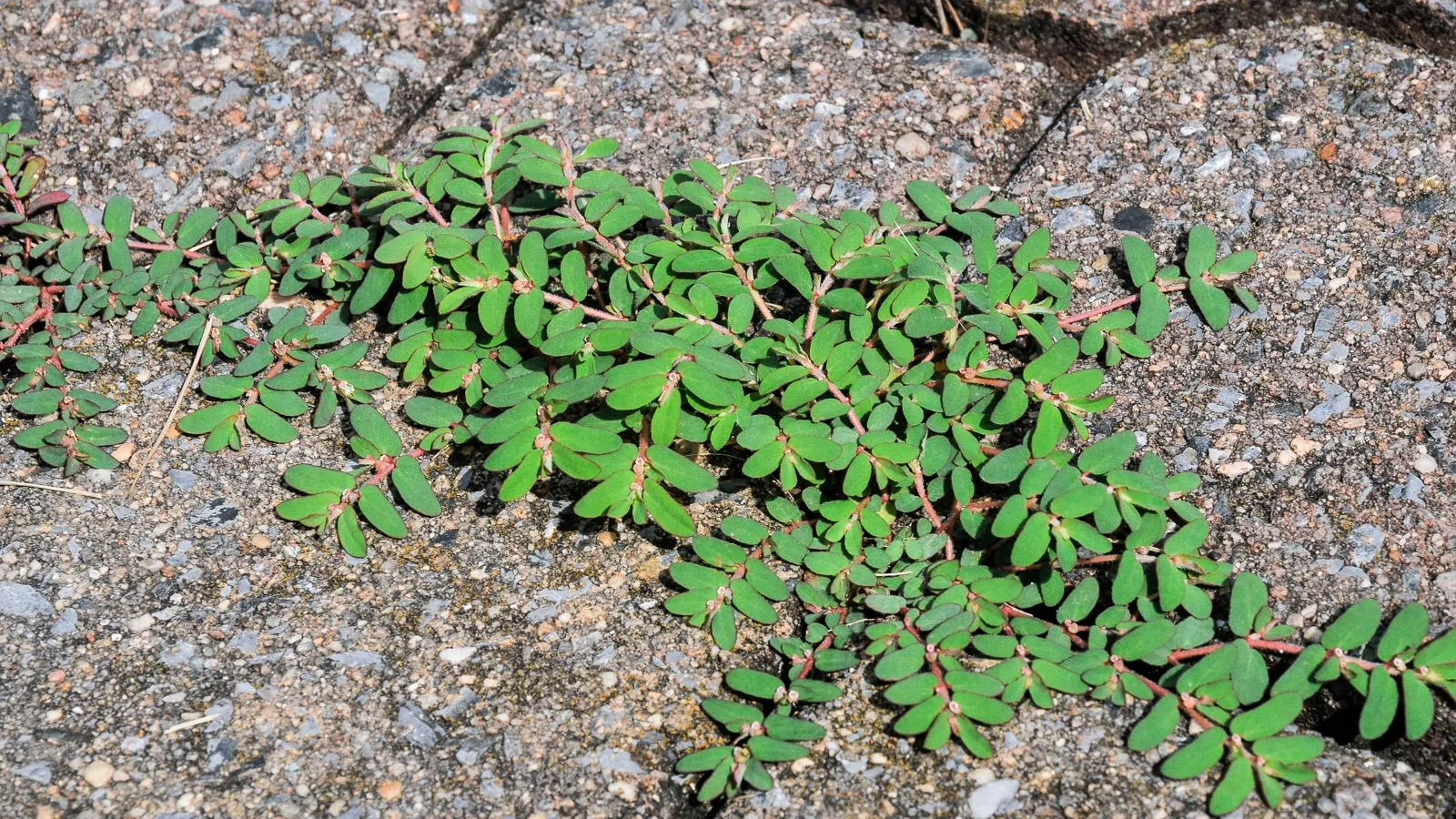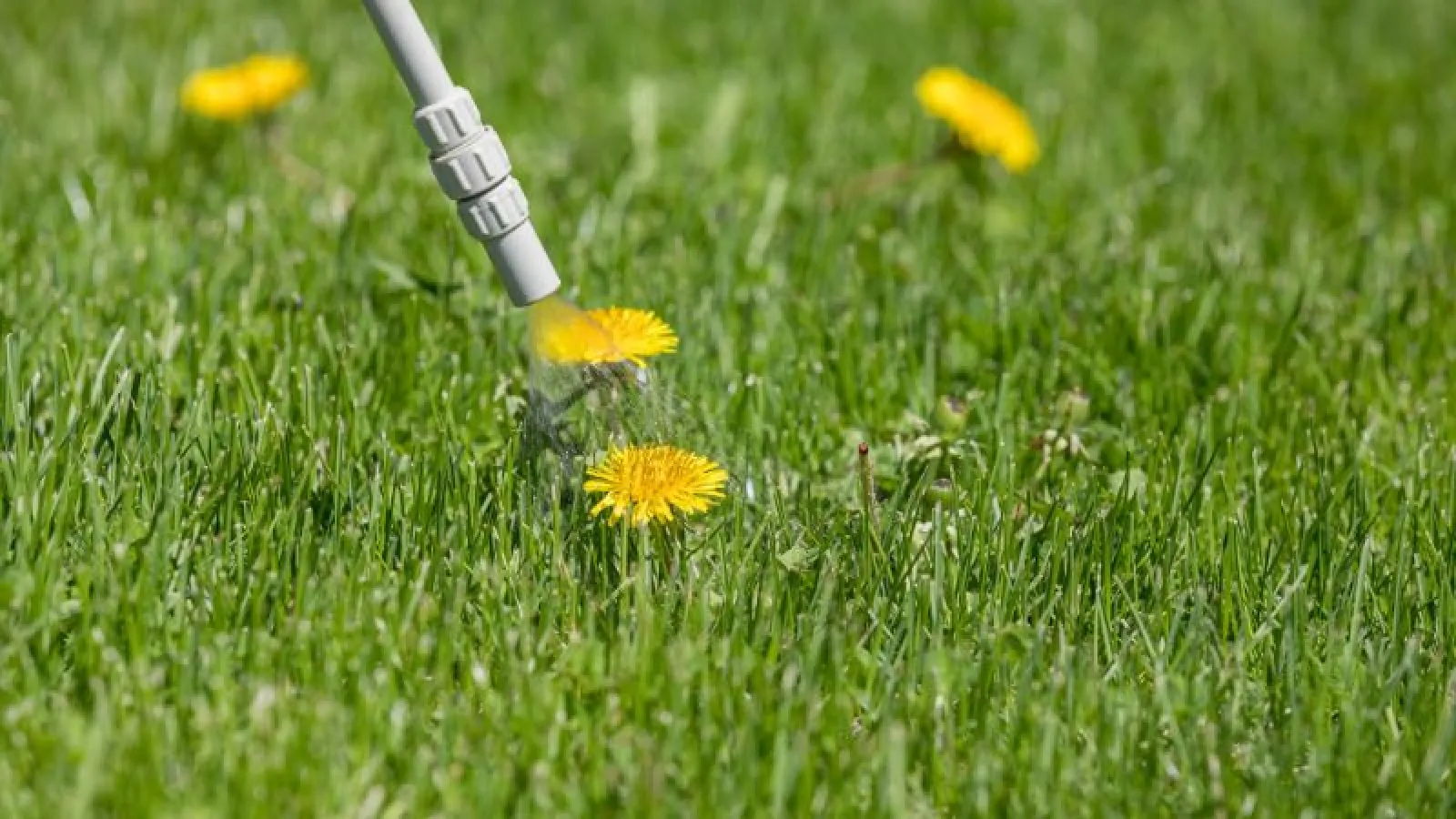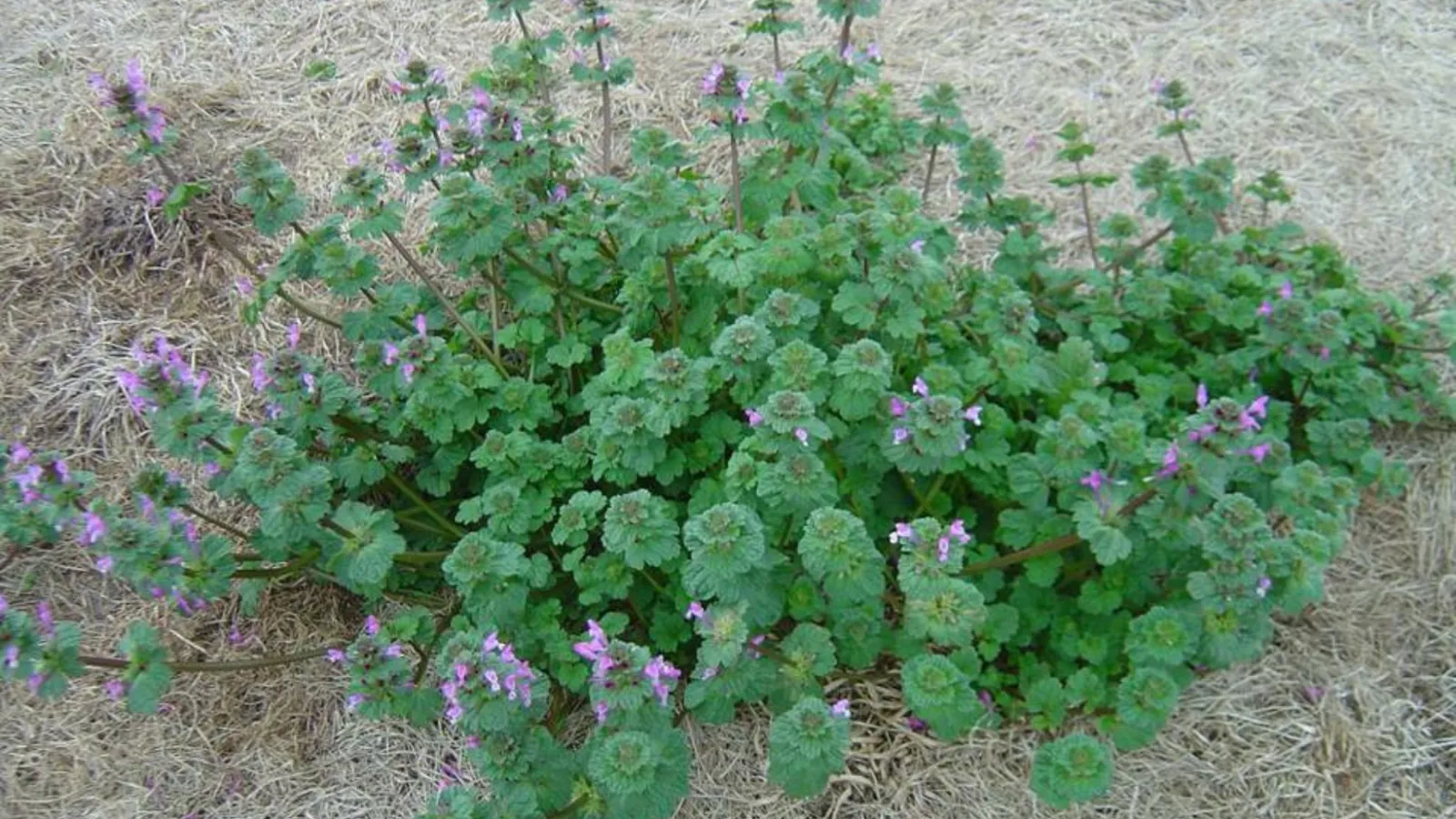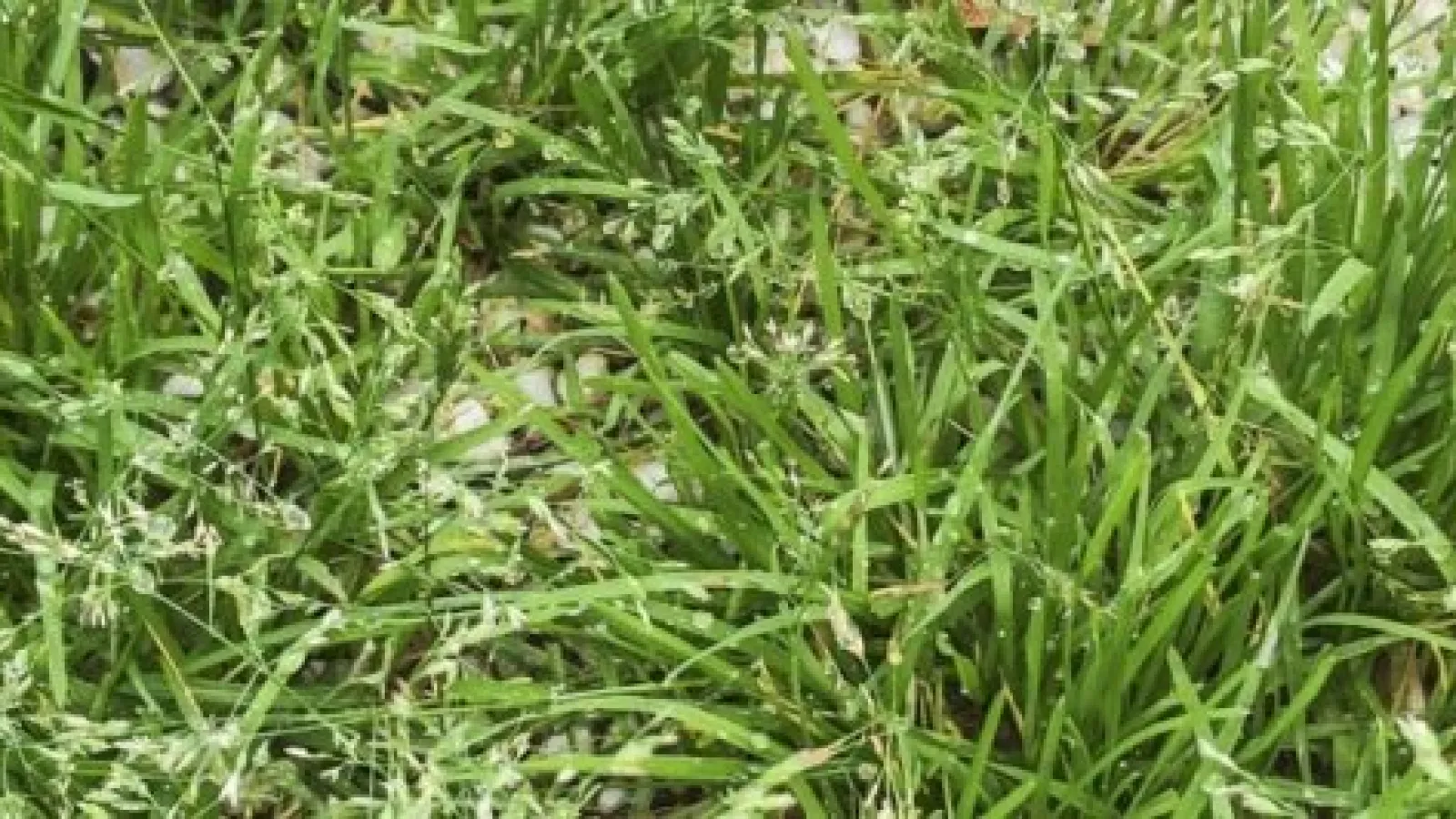
Early Summer Weeds
Warm days, blue skies, and beautiful landscapes are all things we look forward to in the summer. But no one ever says they look forward to the summer lawn weeds. Summer weeds can be a nuisance if you're not on a professional lawn care program. And just like other weeds, Virginia buttonweed, spurge, and oxalis all thrive in bare spots of your lawn. Don't let your lawn get caught naked. Ha!
Virginia Buttonweed
Virginia buttonweed or Diodia virginiana L., as scientists call it, has slightly thickened leaves and the stems are occasionally hairy. It also has flowers that are white with four star-shaped petals.

Buttonweed is a deep-rooted perennial that is hard to control because of the multiple ways it can reproduce. It has heavy seed production that occurs both above and below the ground from self-pollinating flowers, and rooting stem fragments that allow plants to survive through winter. Even mowing at your lowest height won't touch this ground cover. You might see the weed appear in different places throughout your lawn and that's because of those little seeds. Because the seeds are so small, it's not uncommon for animals, humans, or birds to be a source of seed displacement. And we can't forget about Mother Nature - the wind.
Virginia Buttonweed Management
During the early growing season of April and May, perennial weeds like Virginia buttonweed have new growth. This is the time they are most susceptible to herbicide uptake. This is why having professional lawn care with appropriately timed treatments is so important. The worst thing to do is to wait until late July or August to make the first herbicide application. By late summer, heavy Virginia buttonweed populations can form a dense mat that can kill large areas of the lawn. One option is to manually pick or remove the weed as you see it grow but your best approach is to hire The Nice Guys and begin our lawn care program. Consistent attention and year-round treatment s is the best option for a buttonweed-free lawn.
Spurge
This ground cover has no boundaries and knows no limits. Spurge can be found as far north as North Carolina and as far west as California. Sun or shade, it doesn't matter. With the ability to grow on roadsides, pastures, open woods, and in sidewalk cracks, your lawn isn't safe if it's not healthy, thick and dense.

With the ideal conditions, spurge can grow up to 3 feet in diameter. When the sun is shining and the soil temperatures reach 75 degrees Fahrenheit, spurge starts to germinate and it is a prolific seeder. Each plant can produce thousands of seeds in just 8-10 weeks, which can germinate immediately. Although spurge will die in the winter, it will likely come back with a vengeance next summer because of the seeds left behind the previous year.
Spurge Identification
Its love for warm weather makes it one of the most common weeds in our area. Spurge has dark green, oval-shaped leaves with pink to maroon colored flowers and slightly hairy stems. When handling spurge, wear gloves. If the stem is broken, it produces a sticky sap that can irritate the skin and is toxic to sheep. (Random, we know.)
Although you don't want spurge in your well-maintained lawn, it's not bad to have other places. It's a good ground cover and helps control water erosion. For areas where you don't want spurge to grow, try mulch. This will help choke it out.
Oxalis
Commonly mistaken for clover, oxalis is actually in a different family-Oxalidaceae. Common yellow wood sorrel is the most common kind of oxalis in our area. Although this weed loves moist soil and sun, it can also tolerate shady areas. Did you know oxalis is poisonous? Yep. All plant parts are poisonous because of their production of soluble oxalate. Oxalis produces a 5-petalled yellow flower that has small oval-shaped, fruiting capsules that contain seeds. The capsules hold about 10 to 50 seeds but can hold up to 5,000 seeds—giving it more opportunity to destroy your lawn or garden. The growth through underground rhizomes makes this weed almost impossible to pull by hand, once established. Trying to pull well-rooted stems of wood sorrel will only break the top portion away, leaving the root to resprout. However, if it's young, pull it (make sure to wear garden gloves), trash it, and wash your hands. Just like Virginia buttonweed, oxalis can also be transferred via animals, humans, birds, or other wildlife.

Oxalis Management
Maintaining a healthy lawn is your best defense. For well rooted weeds, applications of pre-emergent herbicides are best if applied in early spring and continued throughout the year. Spot treatment with a recommended post-emergent herbicide may provide adequate control for small patches of oxalis. However, for larger oxalis infestations, pre and post-emergent herbicides are your best option. Pre-emergent herbicides prevent seed growth, whereas post-emergent herbicides are applied to the foliage of the weeds once they emerge.
Controlling these pesky weeds can be daunting. If you forgo the DIY, route, contact The Nice Guys. Get your free quote today.


